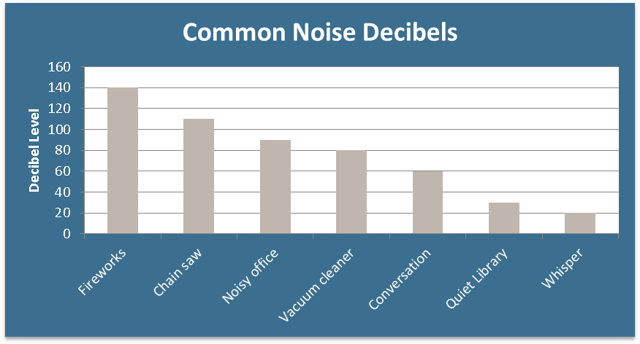
The World Health Organization recommends that average patient room noise levels remain only slightly louder than a whisper. However, the average noise level in an American hospital often exceeds 50 decibels and peaks around 90 decibels, which is harmful to patient recovery and satisfaction (1).

Hospital noise levels are a major concern. Patients often complain that noise levels make it extremely difficult to get a good night’s rest. Monitors, devices, phones, wheel chairs, carts, employees, and so on are all generating noise throughout the day and night. Hospital noise continues to rank low on the national Hospital Consumer Assessment of Healthcare Providers and Systems (HCAHPS). Patients who are dissatisfied with noise levels in their rooms are significantly less satisfied with their overall hospital experience, which impacts hospital reimbursement.
Not only do high noise levels diminish patient satisfaction, they also prompt spikes in patient blood pressure and interfere with wound healing and pain management. Lack of sleep, often due to noise, also impacts other important health measures and outcomes such as weight gain, heart disease, stress levels, and inflammation (2).
In a study by the Beryl Institute, survey respondents expressed that their top three goals for reducing noise were to help patients sleep better, increase HCAHPS scores, and decrease patient complaints (3). Many hospitals are creating plans to help reduce noise so patients can rest and heal. A simple 5 decibel decrease in noise level is clearly noticeable to patients and workers.
We have optimized our new point of care, medical-grade refrigerator for patient recovery. The MLR102 takes noise out of the equation, operating under 40 decibels while providing superior temperature uniformity and recovery for the safe and secure storage of valuable medications near the bedside.
To learn about steps you can take to lower hospital noise levels for your patients, download our latest article titled Reducing Hospital Noise Levels: Happy, Healthier Patients.
(1) "High Hospital Noise Levels Lead to Slower Patient Recovery." - The Advisory Board Daily Briefing. Advisory, n.d. Web. 08 July 2016.(2) "Quiet Design: Hospital Experiments with Sound Panels to Reduce Noise | University of Michigan News." Quiet Design: Hospital Experiments with Sound Panels to Reduce Noise | University of Michigan News. N.p., n.d. Web. 08 July 2016.
(3) theberylinstitute.org. The Hospital Noise Project: Lessons on Addressing Noise from 241 U.S. Hospitals (n.d.): n. pag. Web.
(4) Image Source: http://www.wisegeek.org/




